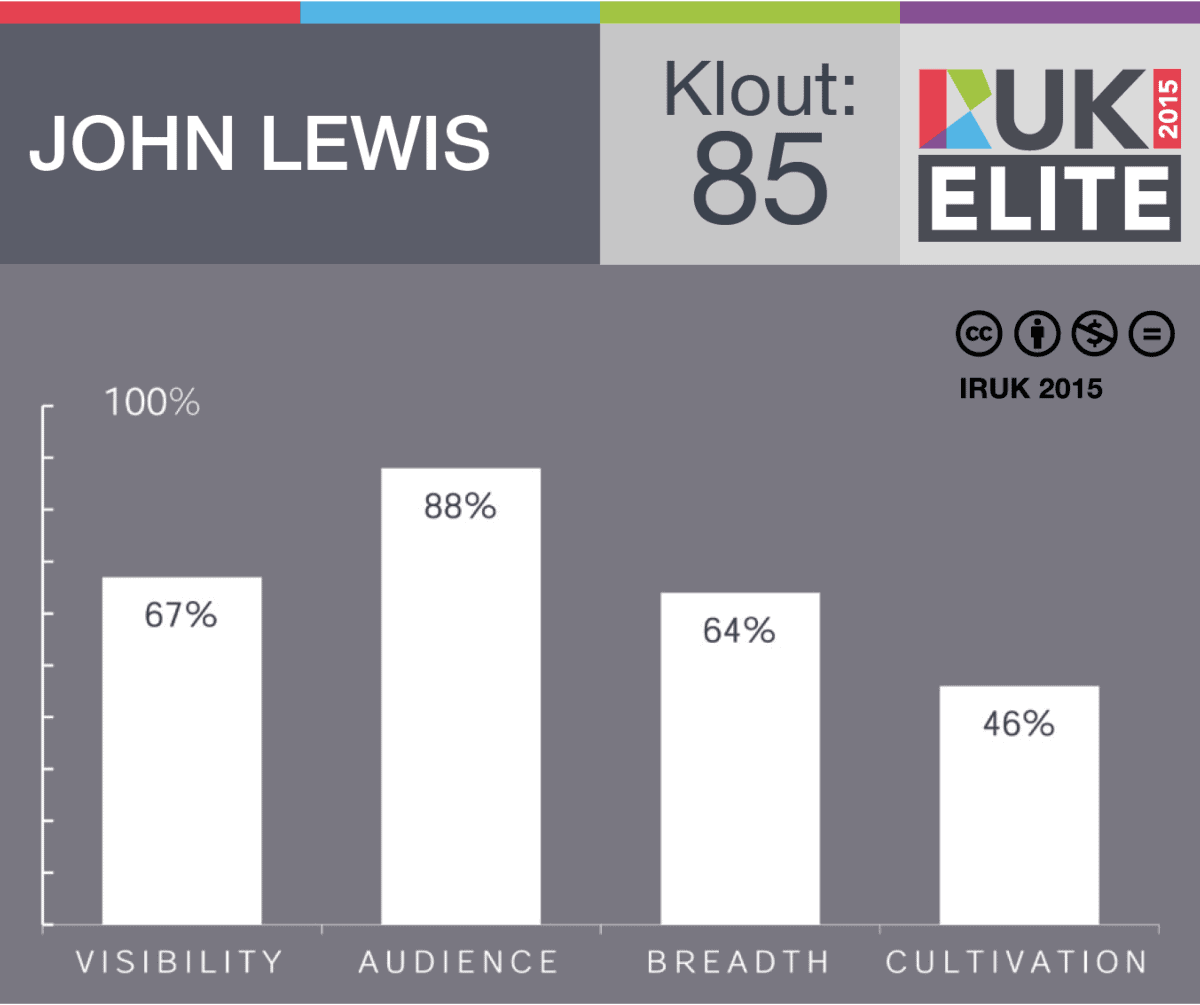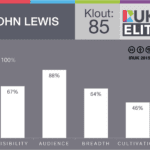John Lewis: establishing the brand
“In this space of increased transparency for the customer, actually standing for something that allows you to differentiate your position becomes increasingly important”VETERAN RETAILER JOHN Lewis recognises the growing importance of its brand in an age where customers can buy from anywhere in the way they want, at the time they want. “As customers embrace the new technology it actually makes them more informed and actually more powerful in shopping experiences,” says Mark Lewis , online director of John Lewis . “Customers have access to more information than they would have done five or ten years ago.” In this environment, he argues, the retail brand and the values that the brand stands for are becoming ever more significant.
“In this space of increased transparency for the customer, actually standing for something that allows you to differentiate your position becomes increasingly important,” he said, speaking after his keynote at InternetRetailing Conference 2014. “Which is why we think that our brand, the commitment to service and to trust and to be there with all our customers for the long term is increasingly important to us.”
John Lewis makes a point of engaging with customers through those brand values. Mark Lewis points to how it invests in the different touchpoints that customers use to connect to John Lewis across channels. These range from in-store service, across the free in-store wifi and the online experience, to the extended warranties that the department store group offers on products. All of this, he says presents “the brand in a way that’s meaningful for the customer.”
The results for John Lewis in the Brand and Engagement Dimension – see the Analysing the Numbers section for more details.
The communication is two-way. John Lewis makes a point of listening to its customers. It uses social media to help it understand customers, while ratings and reviews also provide useful feedback. “We take that feedback,” says Lewis, “and build that back into range decisions and our product decisions as well.” These are approaches recognised in the IRUK 500, 2015 research, which ranks John Lewis as a Model retailer on Brand and Engagement.
One practical illustration of where shopper feedback is used is in the online experience. The results of user testing and customers’ response to the site mock-ups that are shared in John Lewis’ user lab help developers to improve the digital experience before it goes live. Lewis says: “We try as hard as we possibly can to listen to the voice of the customer and build that into what we do.”






